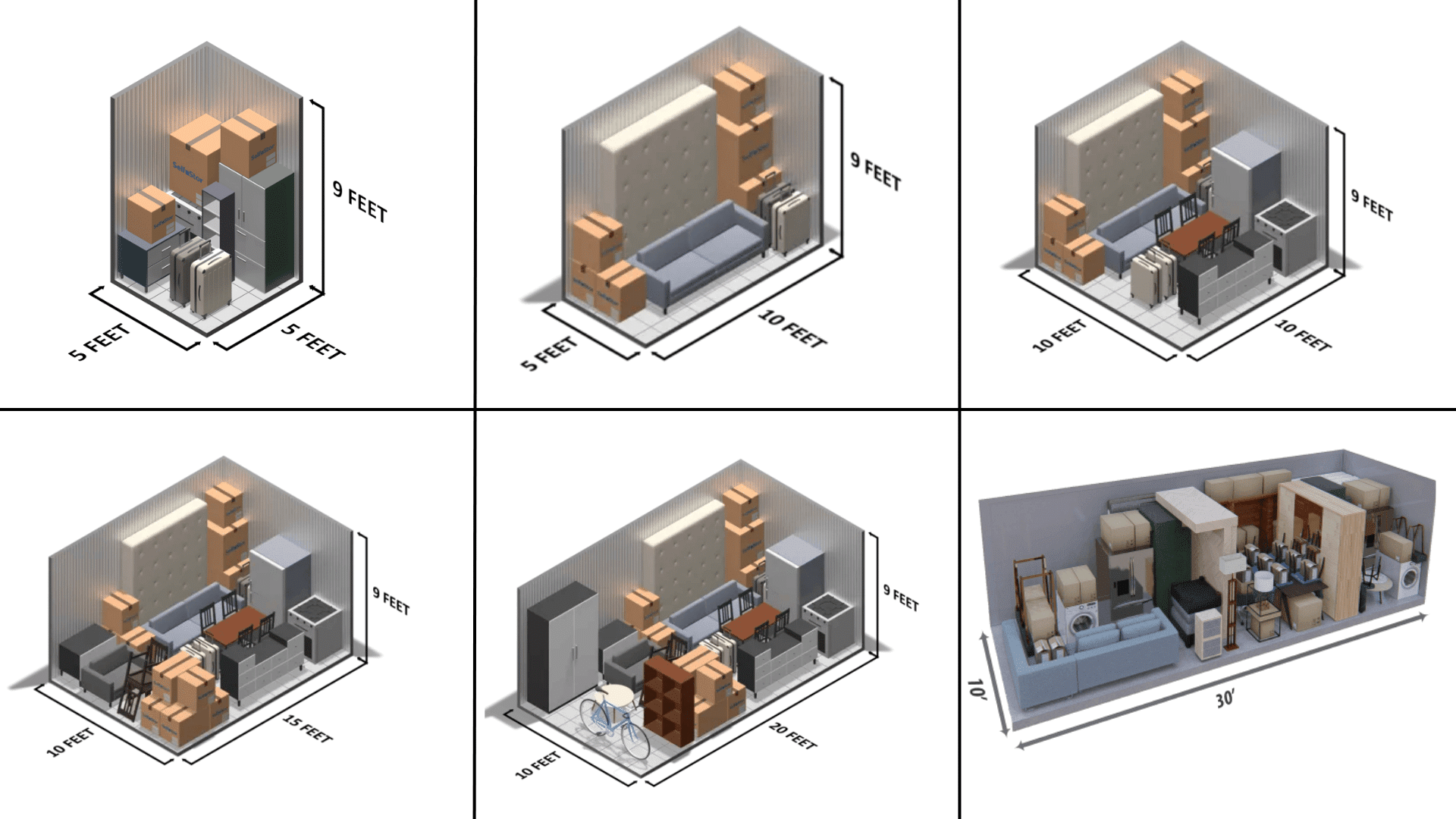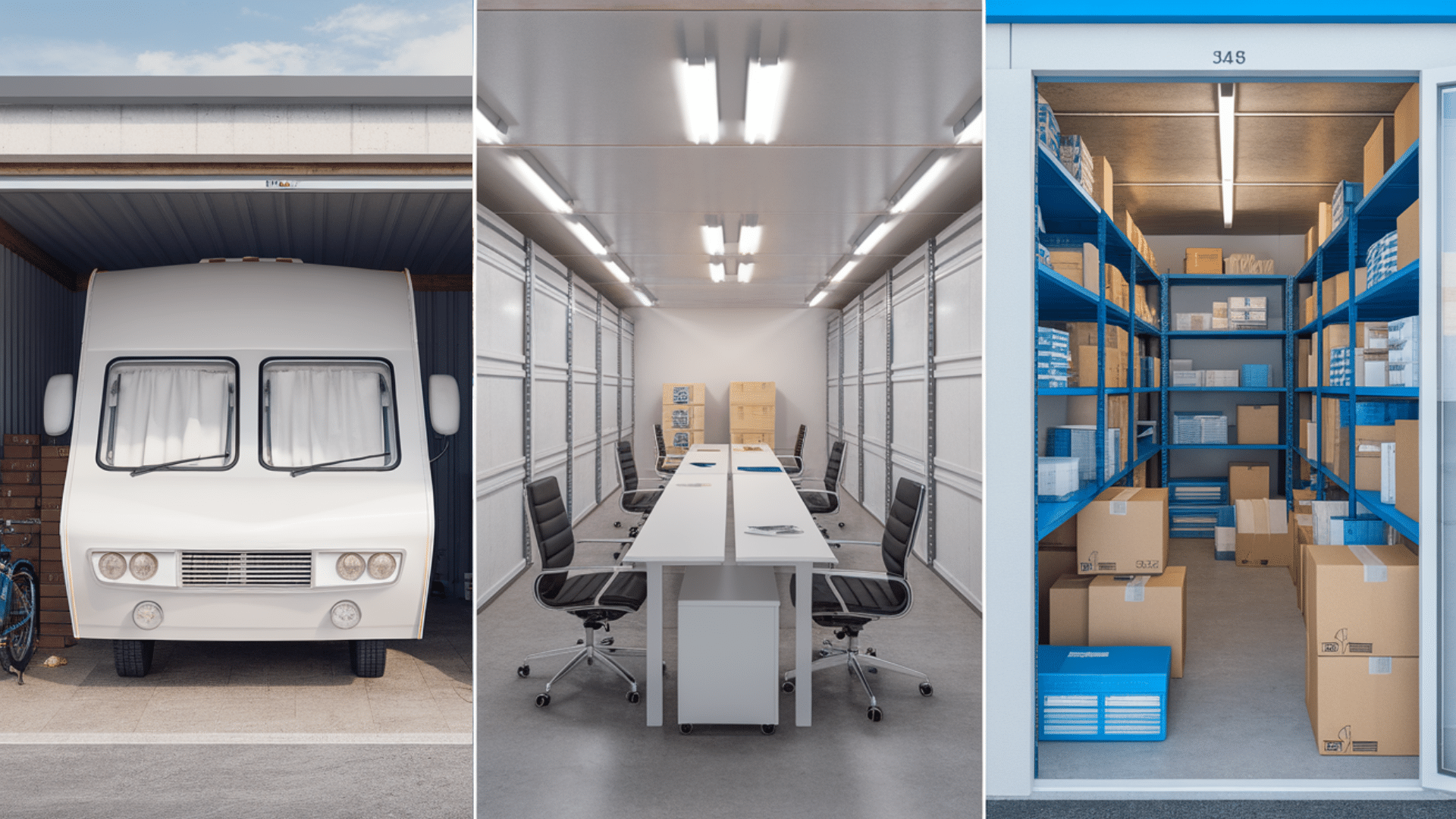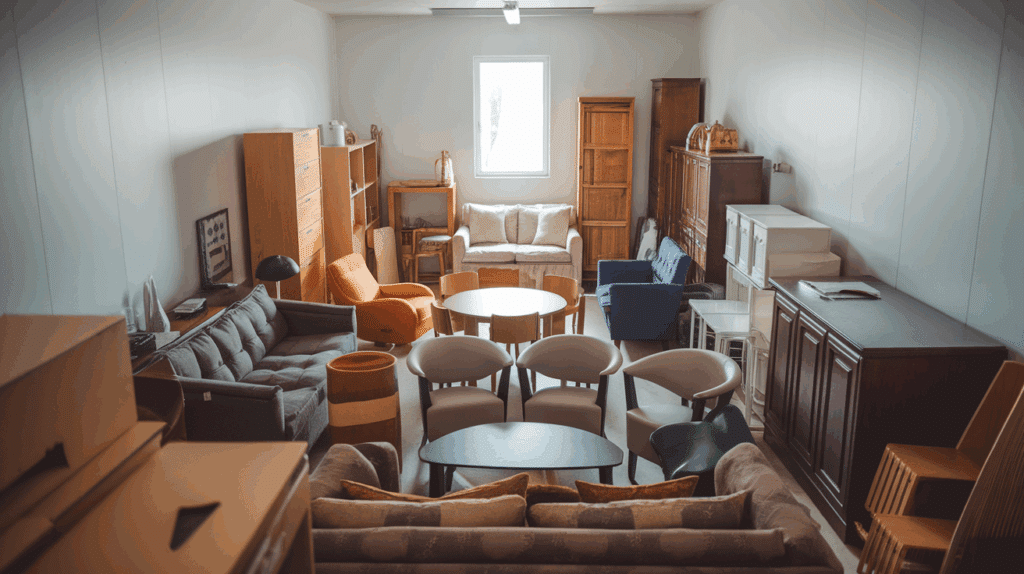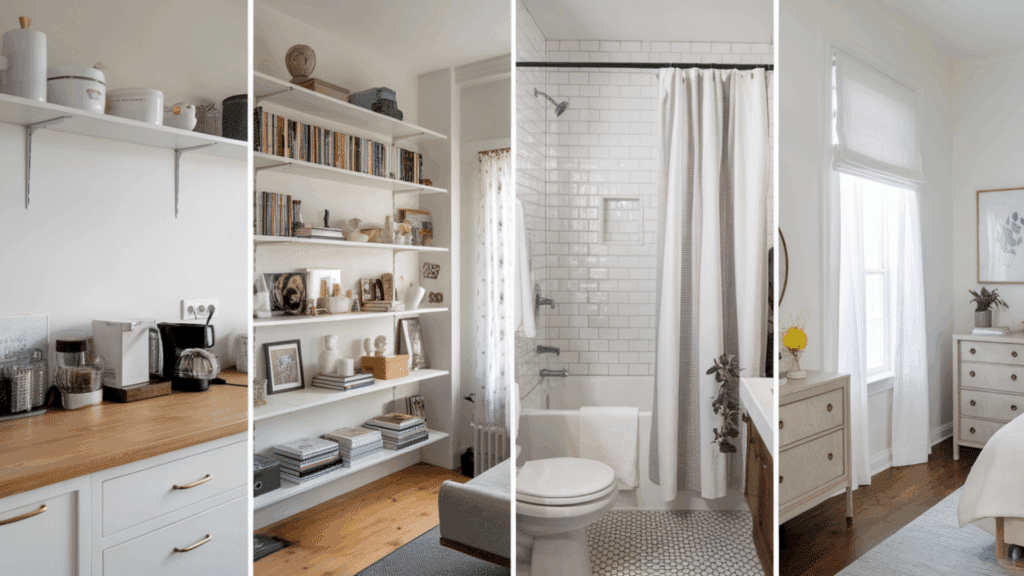Finding the right storage unit can make organizing your space a lot easier.
No matter if you’re decluttering your home, moving to a new place, or storing business items, choosing wisely saves time and money.
Storage units come in many sizes – from small closet-like spaces to large garage-style ones. Each size holds a different amount, so it helps to understand what fits where.
In this blog, you’ll learn about the most common storage unit sizes, what items each can hold, and a few easy tips to help you pack smart.
With the right size and setup, keeping things organized becomes effortless.
Understanding Storage Unit Sizes
Storage units are typically measured by length × width in feet, just like rooms in a home. For example, a 10×10 unit means it’s 10 feet long and 10 feet wide, giving you 100 square feet of floor space.
However, most storage units also have a standard height of about 8 feet, which affects how much you can actually store vertically.
When thinking about what will fit, picture not just the floor area but the total cubic footage (length × width × height).
This gives a more realistic idea of how many boxes, furniture pieces, or appliances you can stack efficiently.
Storage Unit Size Guide

Finding the right storage unit starts with knowing how much space you actually need. Each unit size serves a different purpose, from storing just a few boxes to fitting an entire household.
|
Common Sizes (ft) |
What It Fits |
Best For |
Tips |
|
5×5 |
Boxes, décor, small furniture, keepsakes |
College students or decluttering |
Stack boxes vertically to use the full height |
|
5×10 |
Small bedroom or studio furniture, boxes, and TV |
Moving from a small apartment or short-term storage |
Use shelving to organize and save space |
|
10×10 |
Furniture from a one-bedroom apartment, appliances, dining set |
Families moving or downsizing temporarily |
Keep frequently used items near the front |
|
10×15 |
Two-bedroom home furniture, appliances, boxes |
Homeowners or renters needing extra space |
Leave an aisle for easy access |
|
10×20 |
Three-bedroom home, large furniture sets, and small vehicles |
Whole-house storage or vehicle storage |
Ideal for drive-up access units |
|
10×30 |
Entire household, vehicles, boats, business inventory |
Homeowners or business owners with bulk storage |
Check door width and height for vehicle fit |
Each storage unit offers a unique level of space and flexibility. Use this chart to estimate what fits your lifestyle, so you can choose the perfect unit without paying for extra space you don’t need.
How to Choose the Right Storage Unit
Choosing the right storage unit isn’t just about picking a size; it’s about finding a space that fits your items, budget, and convenience needs. The best way to decide is to follow a simple step-by-step approach.
Step 1: List Everything You Plan to Store
Start by making a quick inventory of your belongings. Write down large items like furniture, appliances, and boxes, then group smaller items together
This helps you visualize how much space you actually need and prevents you from renting a unit that’s too small or too big.
Step 2: Estimate the Total Volume
Think about how you’ll stack or arrange items to use space efficiently. Furniture that can be taken apart will take up less space, while bulky pieces like sofas or bikes need more room.
If you’re unsure, measure the biggest items to get a rough volume estimate and leave a little extra space for accessibility.
Step 3: Compare Your List to a Size Chart
Use a storage unit size guide or comparison chart to match your estimated volume with the most suitable unit.
For example, a one-bedroom apartment usually fits into a 10×10 unit, while a small bedroom or studio works well in a 5×10.
Checking real-life examples or facility recommendations can also help you make a more accurate choice.
Step 4: Consider Access and Layout
Decide how often you’ll need to access your items. If you’ll be visiting frequently, choose a slightly larger unit so you have space to move around and reach things easily.
Also, think about drive-up access; it’s ideal if you’ll be loading or unloading heavy items.
Step 5: Decide on Climate Control
If you’re storing temperature-sensitive items like electronics, wood furniture, or documents, a climate-controlled unit helps protect them from humidity and extreme heat or cold. It’s worth the extra cost for long-term storage.
Choosing the right storage unit is about balance; you want enough room to stay organized without paying for unused space.
Other Ways to Use Storage Units

Storage units can be used for more than just storing household items. They offer flexible solutions for vehicles, business storage, or temporary use during moves or renovations.
- Vehicle, RV, and Boat Storage: Best for large units (10×20 or bigger), these can hold cars, trucks, RVs, or boats. Some facilities offer covered or outdoor parking. Always check door size and access hours before booking.
- Temporary Storage During Moving or Remodeling: Ideal for short-term use when relocating or renovating. Medium to large units fit furniture, boxes, and appliances, while drive-up access makes loading and unloading easy.
- Business Storage (Inventory and Documents): Great for storing office furniture, inventory, or files. It’s more affordable than commercial space, and climate-controlled units protect electronics and paperwork from humidity.
Storage units can adapt to many needs: personal, professional, or temporary, making them a practical solution for managing space efficiently.
Storage Size Tips and Tools
Once you’ve picked a storage unit size, a few smart tools and packing techniques can help you use the space more efficiently.
Use a Storage Calculator or Estimator Tool
- Extra Space Storage Size Guide: lets you pick items and shows how they fit in different units.
- U-Haul Storage Calculator: offers detailed suggestions based on what you’re storing.
- CubeSmart Storage Calculator: shows 3D examples for better visualization.
- Life Storage Estimator: an easy-to-use tool that matches items to the right storage unit size.
Check Visual or Video Guides
- Better Understanding: Visuals show how real items fit inside different unit sizes, making it easier to picture your own setup.
- Real Examples: Many storage companies share videos of furnished units, helping you see how much space each option offers.
- Easy Comparisons: Watching side-by-side size demos helps you decide between similar options like 5×10 vs. 10×10.
Pack and Stack Efficiently
- Disassemble large furniture like tables and bed frames to save space.
- Store vertically: Stack boxes and lighter items on top of sturdier pieces to use the full height of your unit.
- Use uniform box sizes so stacking stays stable and organized.
- Label everything clearly to find items quickly without unpacking the whole unit.
These small tools and visual aids make a big difference, helping you plan smarter, save time, and make the most of every square foot of your storage unit.
Conclusion
A well-chosen storage unit can make life a lot simpler with no more cluttered rooms or overflowing garages.
By understanding different sizes, packing smart, and using helpful tools, you can store your belongings safely and efficiently.
When it comes to space, measure, compare, and choose the right fit for your needs. With the right plan in place, you’ll keep everything organized, protected, and easy to access whenever you need it.
Ready to get started? Use a size calculator or visit your nearest storage facility today to find the perfect unit for your belongings.





